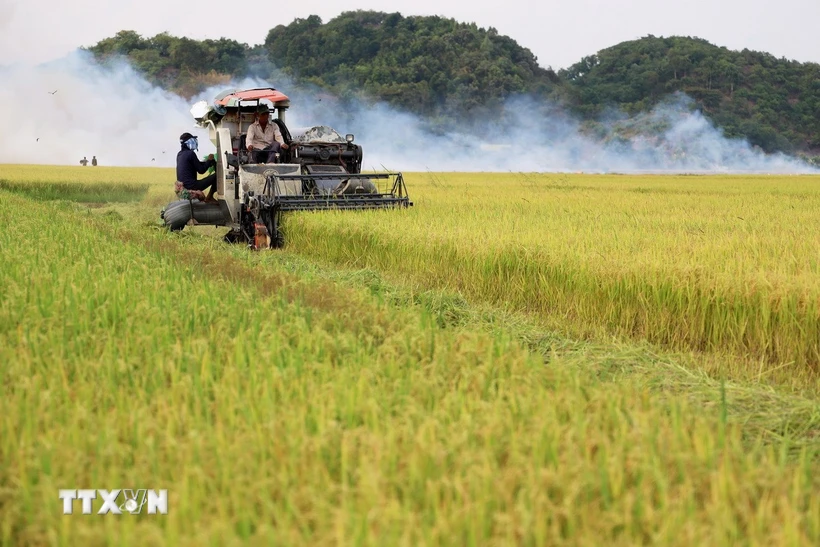
With domestic rice prices remaining high in Japan, demand for cheaper imported rice is increasing. Among the rice varieties imported into Japan, Vietnamese rice is attracting consumer attention because it is considered to be similar to Japanese rice.
"We are getting more inquiries about Vietnamese rice," said Takashi Takanashi, head of Spice House Co. in Sagamihara, Kanagawa Prefecture, which wholesales imported foods to restaurants and retail stores.
The price of Japonica rice produced in Vietnam at a company-affiliated store is 3,240 yen (about $21.80) for 5 kg, including tax, compared with about 4,000 yen (nearly $27) for the same amount of domestic rice. Japonica rice is the dominant rice variety in Japan, characterized by small, short grains.
According to Mr. Takanashi, Vietnamese rice looks like Japanese products and the taste is almost identical.
The company began selling Vietnamese rice in 2024. When it began selling 200 tons around October, including to corporate customers, there was a large demand from regular customers and food service companies. The company has almost no inventory left and said it is currently limiting each customer to one bag.
Recently, rice prices have skyrocketed, with 5kg of rice costing more than 4,000 yen becoming common. Last year, consumers could buy 5kg for around 1,500 yen, so it can be said that rice prices have skyrocketed.
Vietnamese rice is gaining attention amid a price crisis in the Japanese rice market. Private import tax is 341 yen/kg, but importing rice is still cheaper than buying Koshihikari rice and other domestically produced rice, which sells for around 800 yen (about 5.40 USD)/kg.
Kanematsu Corp., a general trading company, is preparing to import 10,000 tons of "Calrose" rice from the United States in 2025. This is a medium-grain rice variety with a firm texture, larger than short-grain Japonica rice.
However, the company said demand for the rice is very high from customers mainly in the food service industry.
A Kanematsu representative stressed that if the release of rice reserves by the Ministry of Agriculture , Forestry and Fisheries helps stabilize prices, the company may adjust import volumes. The company is preparing to closely monitor domestic rice price trends.
The popularity of imported rice is also evident in the "minimum access" rice category administered by the Japanese government , under which 770,000 tons of rice are imported without being subject to tariffs.
Of this, 100,000 tonnes were auctioned for food use and in fiscal 2024, the entire rice was auctioned for the first time in seven years.
In the past, there was a rice crisis marked by a severe rice shortage after a cool summer in 1993. The Japanese government imported a large amount of Thai rice and other types of rice, but due to an increased harvest the following year, they had to discard a large amount of said rice, and this became a social problem.
In the current rice crisis, it seems that curbing the ongoing high rice prices will not be easy and the popularity of imported rice is likely to continue for some time.
Japan's Ministry of Agriculture, Forestry and Fisheries hopes to lower soaring rice prices by releasing government reserves, but the possibility of prices stabilizing through the release of reserves remains uncertain.
Source: https://baobinhphuoc.com.vn/news/4/170413/gao-viet-nam-thu-hut-su-quan-tam-cua-nguoi-tieu-dung-nhat-ban




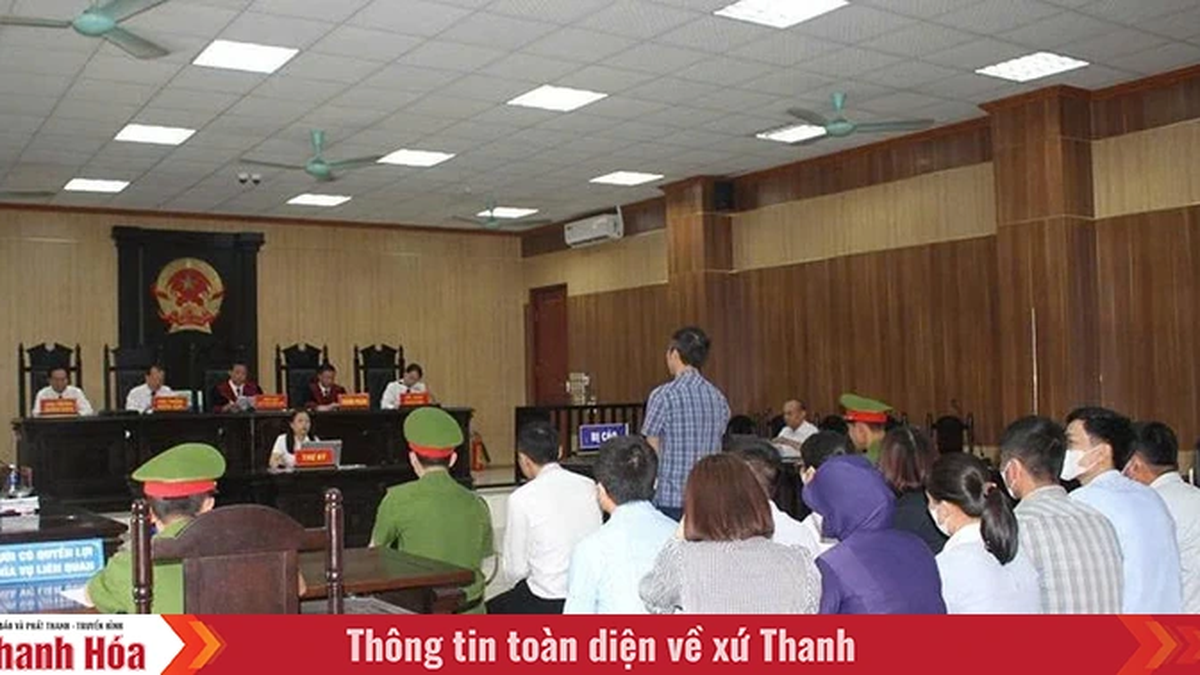
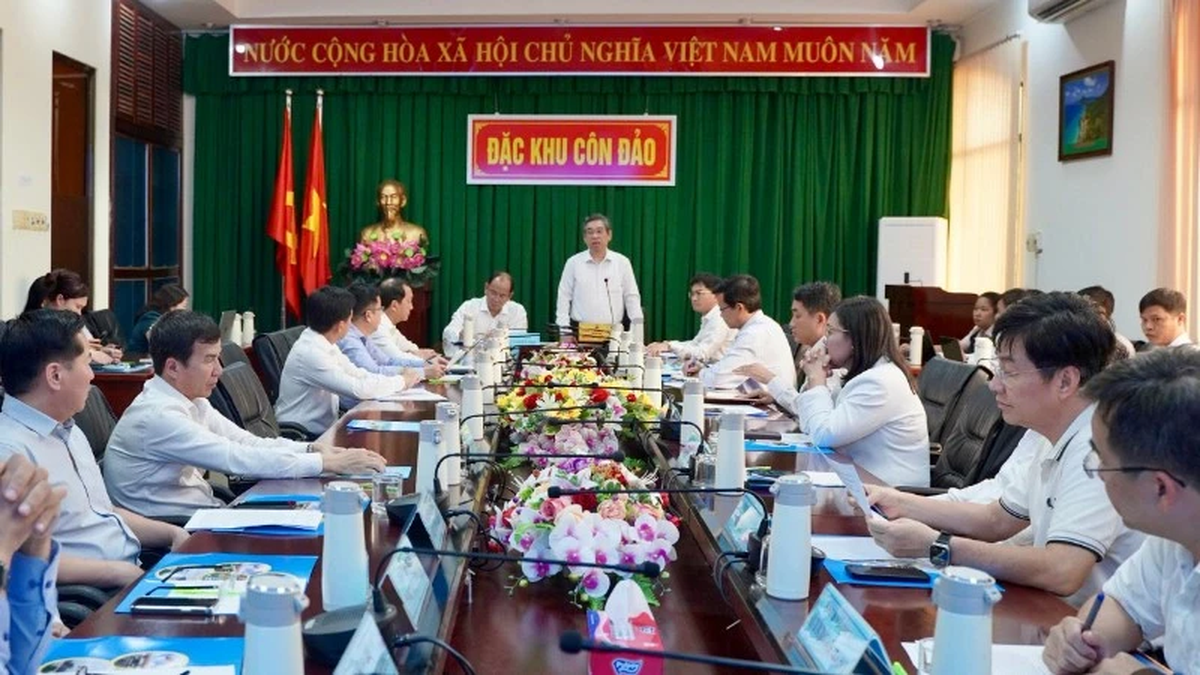
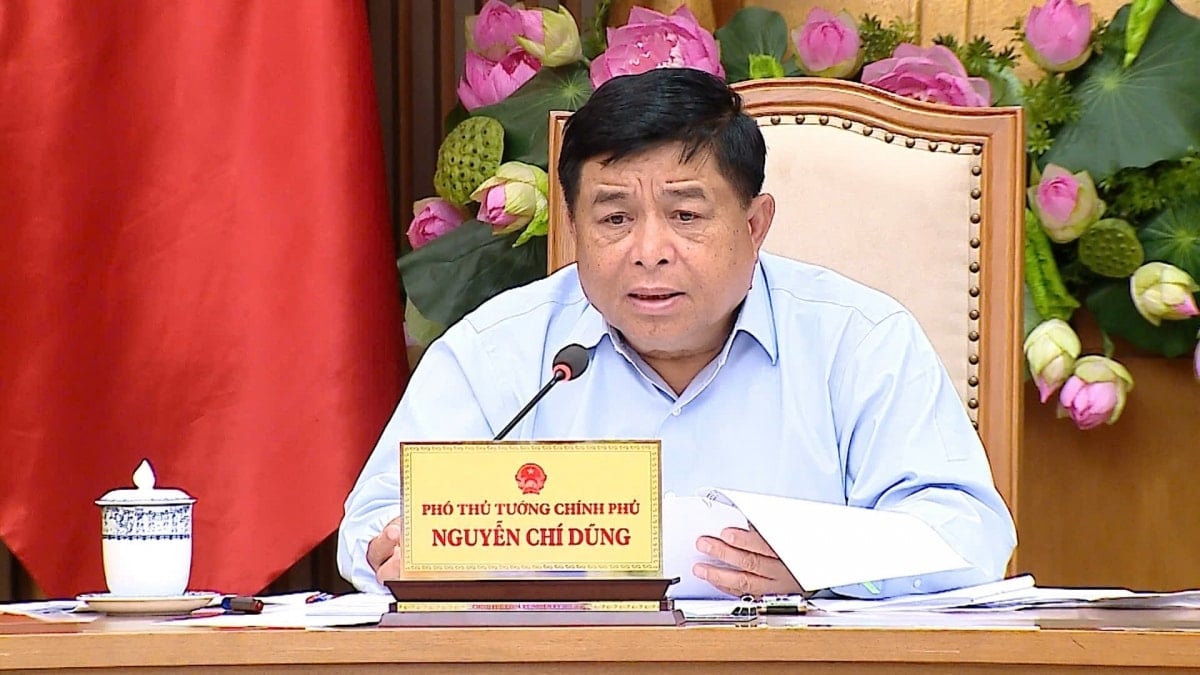
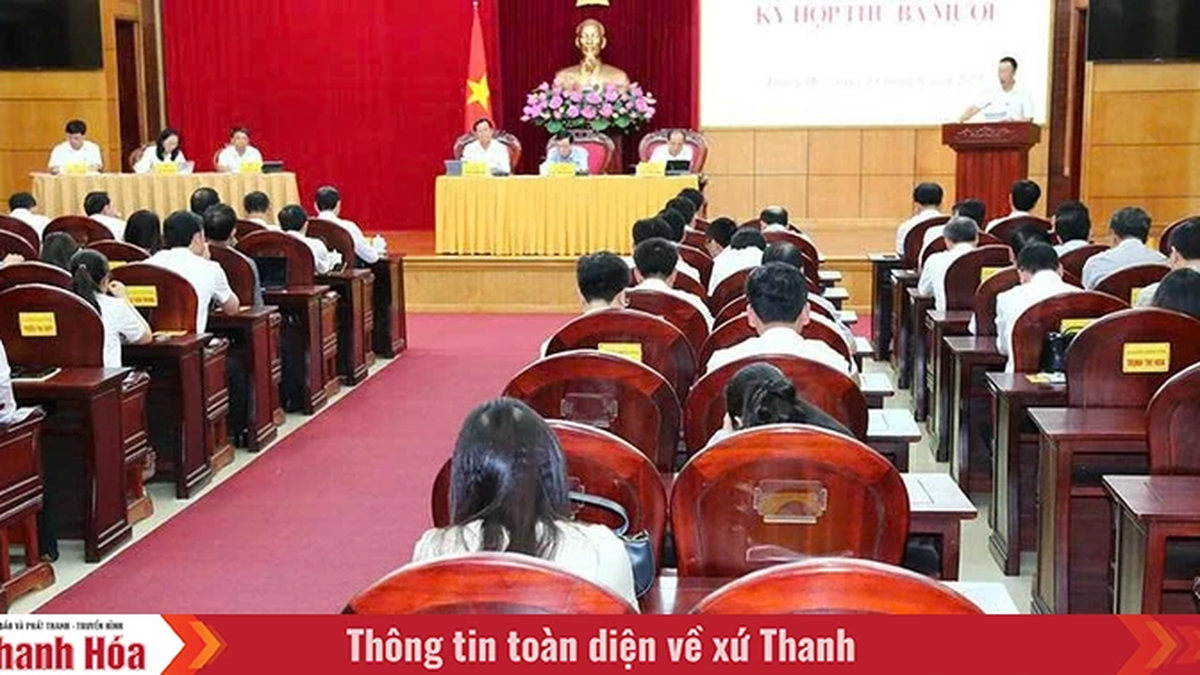

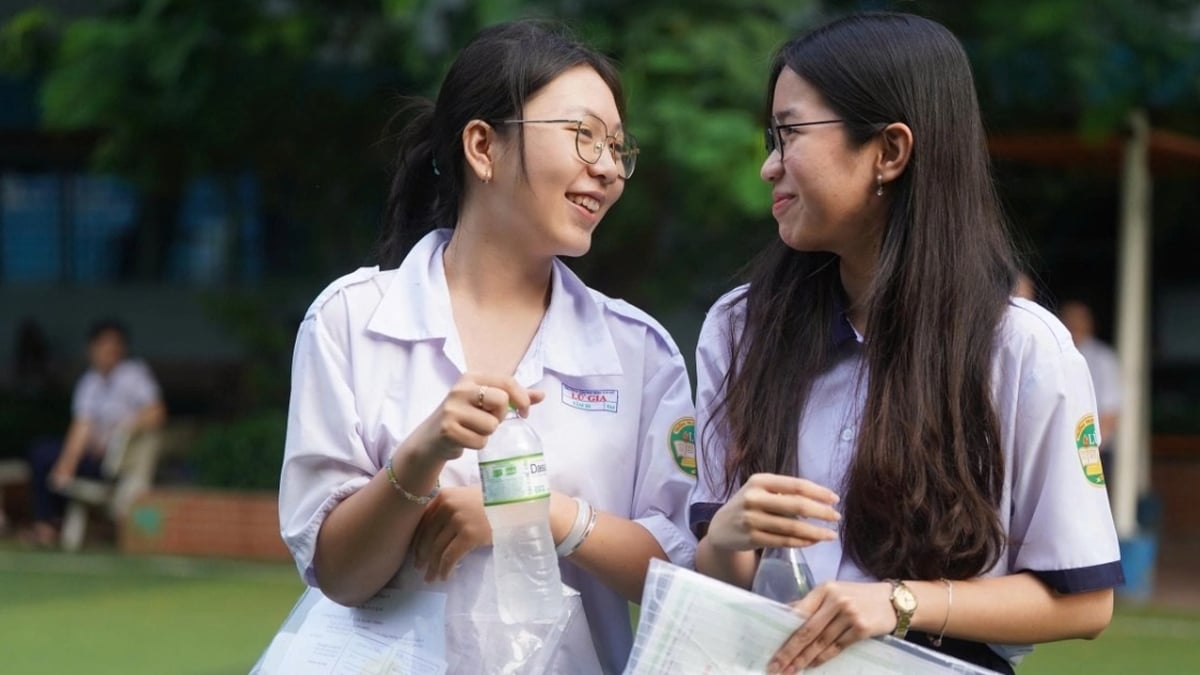
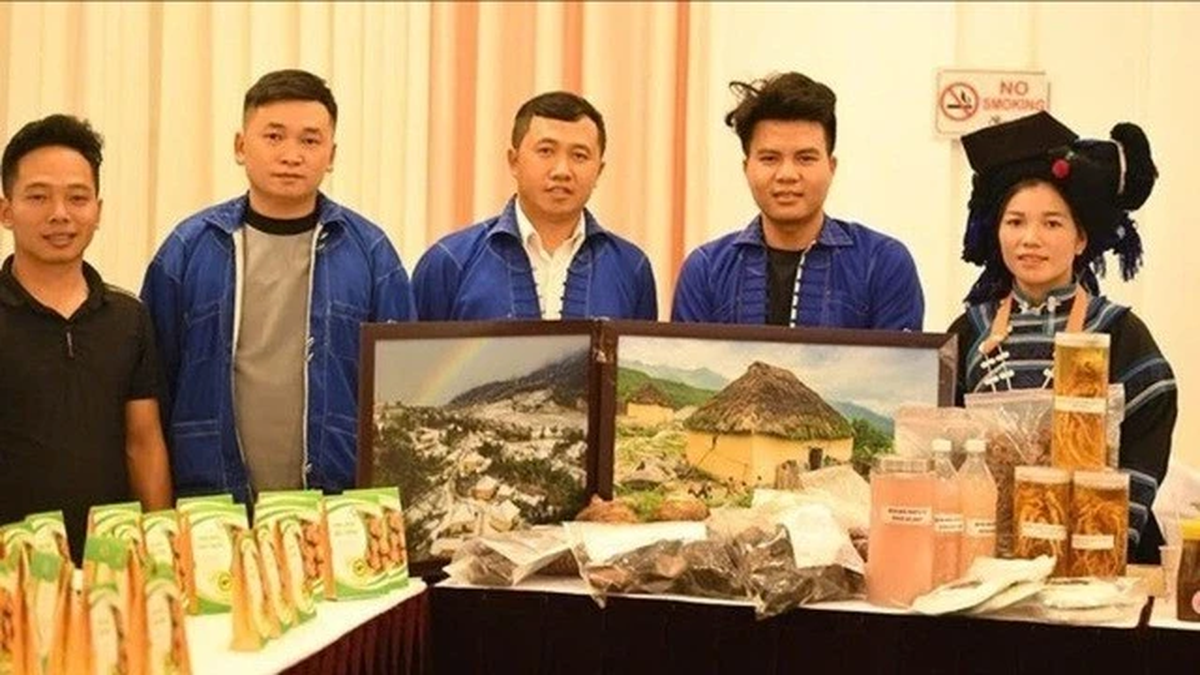








































![[Maritime News] More than 80% of global container shipping capacity is in the hands of MSC and major shipping alliances](https://vphoto.vietnam.vn/thumb/402x226/vietnam/resource/IMAGE/2025/7/16/6b4d586c984b4cbf8c5680352b9eaeb0)













































Comment (0)